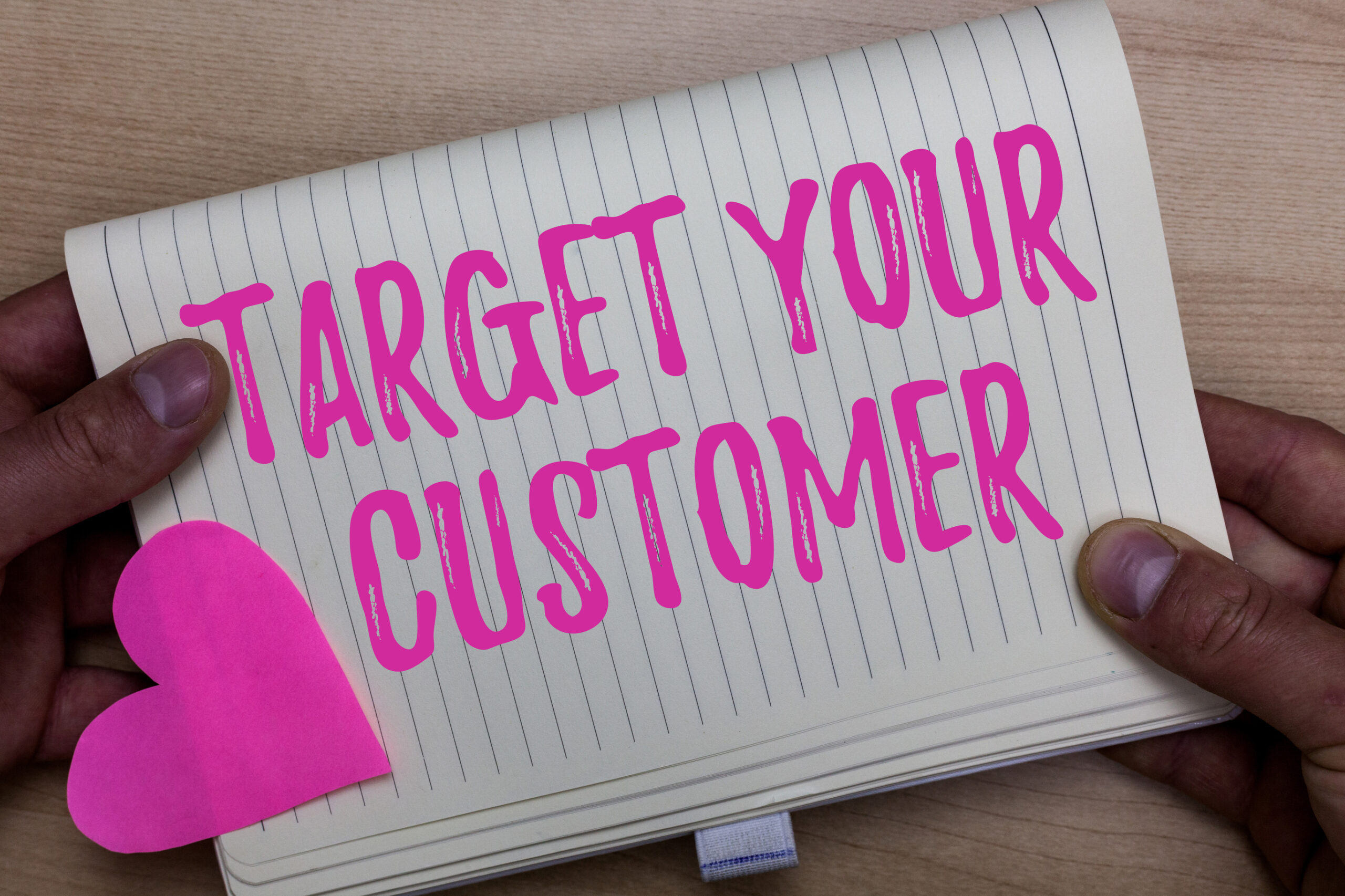
By Emma Richter
As the world keeps turning, more advancements keep coming. With that, generations adapt to these advancements, all in their own way.
From Baby Boomers to Gen X, Millennials and Gen Z’s there is such a variety of people, so there has to be a variety of marketing techniques to cater to each generation.
According to a Consumer Research Report done by Data Axel- “Generation Shifts in Marketing Preferences,” it is clear that we need to market differently to each generation in order to receive the best possible outcome. People clicking BUY NOW!
“At the time that the digital innovation floodgates opened on markets, the habits of Baby Boomers and Gen X were considered the `norm,’ whie millennials were deemed `digital savvy,’ and Gen Z wasn’t even on the radar,” the Data Axel claims.
So what does this mean? Well, in the simplest of terms, it means that each generation responds to marketing efforts, all in their own way.
Baby Boomers
Let’s start off with Baby Boomers–people who were born in 1946-1964. This older generation has had to adapt to each new digital and marketing advancement, which is not the easiest thing to do. Of course many have embraced technology, others have ignored it.
Making sure your content is tailored to Baby Boomers is crucial in order for it to connect and, hopefully, compel people to learn more and even buy. The study shows that Baby Boomers are particularly focused on spending less. So, if we use mobile phones as an example, touting a low mobile plan would appeal to Baby Boomers. At the same time, millennials are all about the bling and the latest tech.
Whatever the age, a company’s goal must be to make people feel like they are being heard and directly spoken to with messaging. Everyone wants to feel a level of comfort before they pull the trigger and spend money.
Think about your grandparents, aunt and uncles and even parents that fit into the Boomer generation. What is one thing that they want? If they are tech savvy, they crave easily accessed technology and customer support so they can independently be a part of the “e” world.
This group of people, 50ish to 75ish aren’t likely to be tapped into TikTok, Instagram and Snapchat. Maybe they are on Facebook, maybe not. Bottom line: social media is not the way to go to connect with Baby Boomers. Instead, use emails and maybe even snail mail to push them toward the web. Make sure you boast about easy-to-contact customer service and ease of returns. Don’t make technology difficult for them or they won’t bother.
And, remember, quality is key for Baby Boomers. Stress product/service quality, as well, if you want to turn tire-kicking Boomers into buyers.
Gen X
Right behind them, is Generation X, also known as the generation that is more financially stable and powerful than ever. This generation refers to consumers that were born from 1965-1980.
The vast majority of this generation is well plugged into technology. The Internet was born during their tenure. To market to Gen X, according to the report, focus on how your company rewards customer loyalty.
If a Gex X-er feels loved by their favorite brands, they will buy and buy again.
Emails with direct discounts or even physical mail with discount codes and deals is what makes them stop and think that they should take their time and check it out.
Just like the generation before them, the Gen X society really values the quality of a product. It’s the high quality or low quality that will keep them coming back or stalling their interest.
Millennials
For some reason, millennials seem to get a bad rep. When really, all they want is to see a drastic shift in marketing tailored toward them and the generations to come. Millennials are considered the population that were born between 1981 and 1996. The digital world truly evolved in front of their eyes.
In the current day, millennials are building careers and nurturing families, and want to do so in a successful and efficient way. This is where personalization really comes into play. Emails with consumers’ names in them, saying “Hey YOU, Yes YOU! Come and try our brand” gets attention. Even better, offering a discount code to encourage them to try whatever you are selling. This will really get their attention.
It’s through personalization that millennials feel heard and cared about, which in turn, keeps them coming back.
Emails are millennials’ top choice of communication from brands, with social media coming in at a close second, according to the report.
Gen Z
Social media drives this generation. Gen Zers spend the most time on social platforms
than anything else in the technological universe. Ranging from the year 1997-2012, Generation Z has slowly but surely taken over social media.
Gen Z shoppers get news and shopping ads from social feeds, so your company must be part of the conversation within the daily traffic on all social platforms.
In fact, according to the report, “63 percent of Gen Zers want you to connect with them over social media. They are closely followed by millennials; almost half want to hear from brands over social media.”
This statistic is something that shouldn’t come as a surprise, as it just goes to show the timeline of technological advances, with social media launching right around the time that Gen Z started to make an appearance.
If there is one thing that this study shows is companies must tailor marketing strategies for each generation because everyone shops and buys differently. Data Axel’s study of 1,000 consumers of all different generations makes one thing very clear: age matters when it comes to consumers’ buying habits.
Want to Increase Web Traffic Across the Board with All Generations?
Harmonia Media will help! Contact us for a free consultation today.